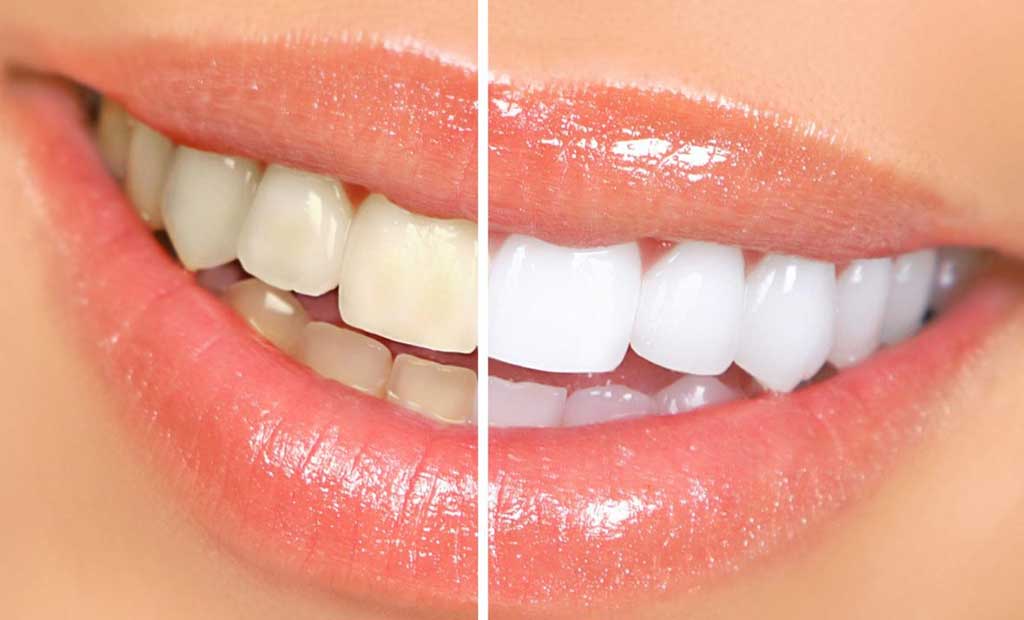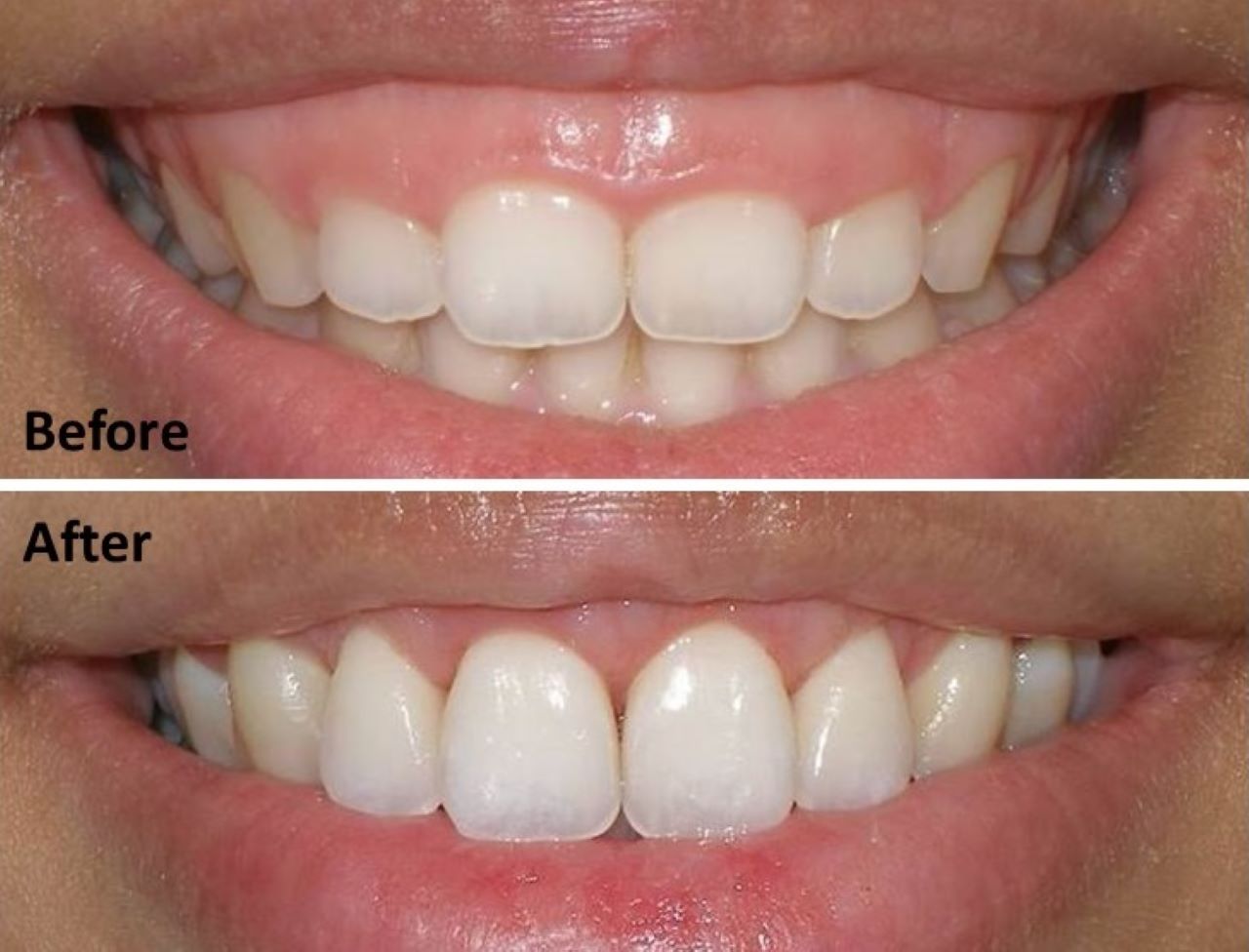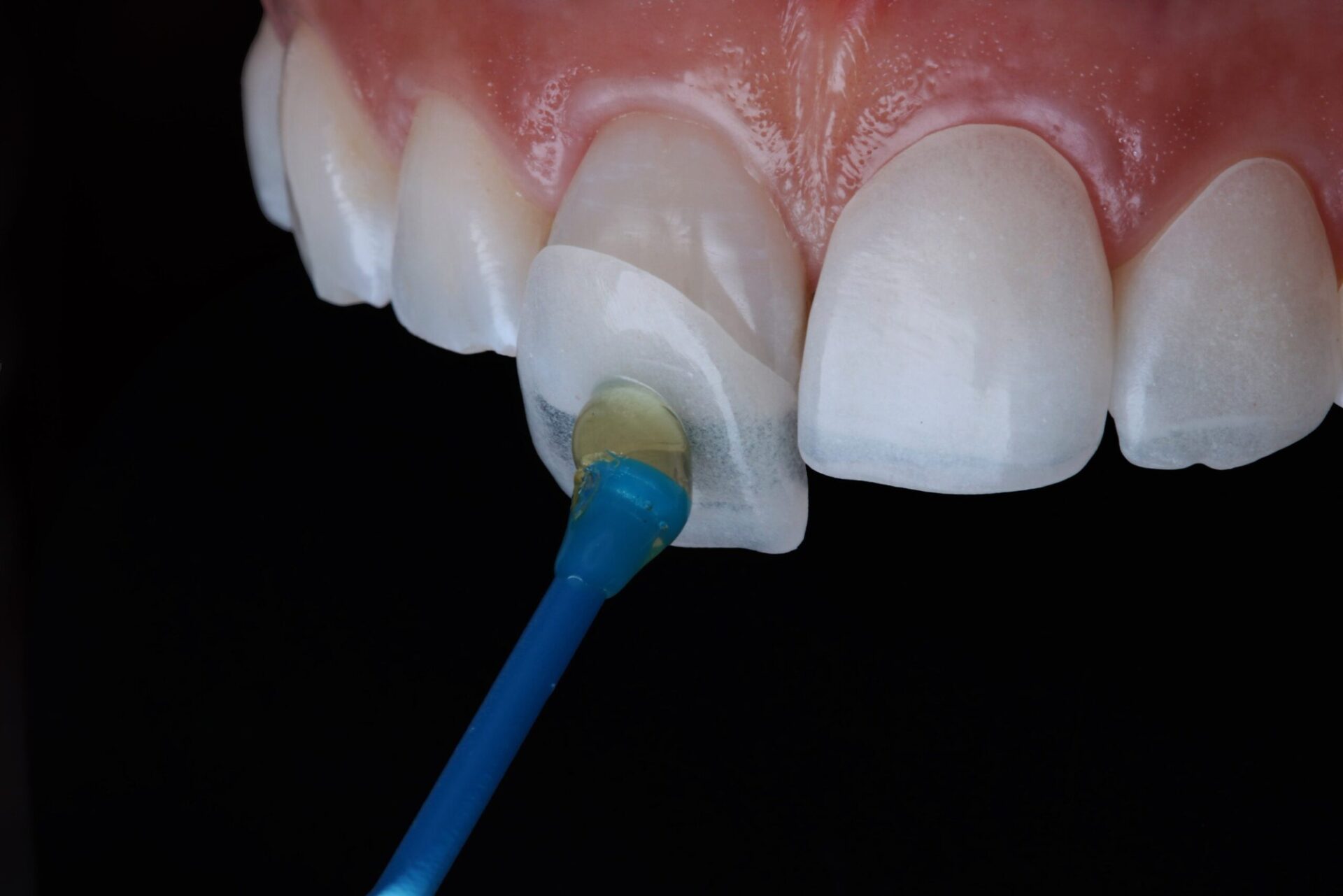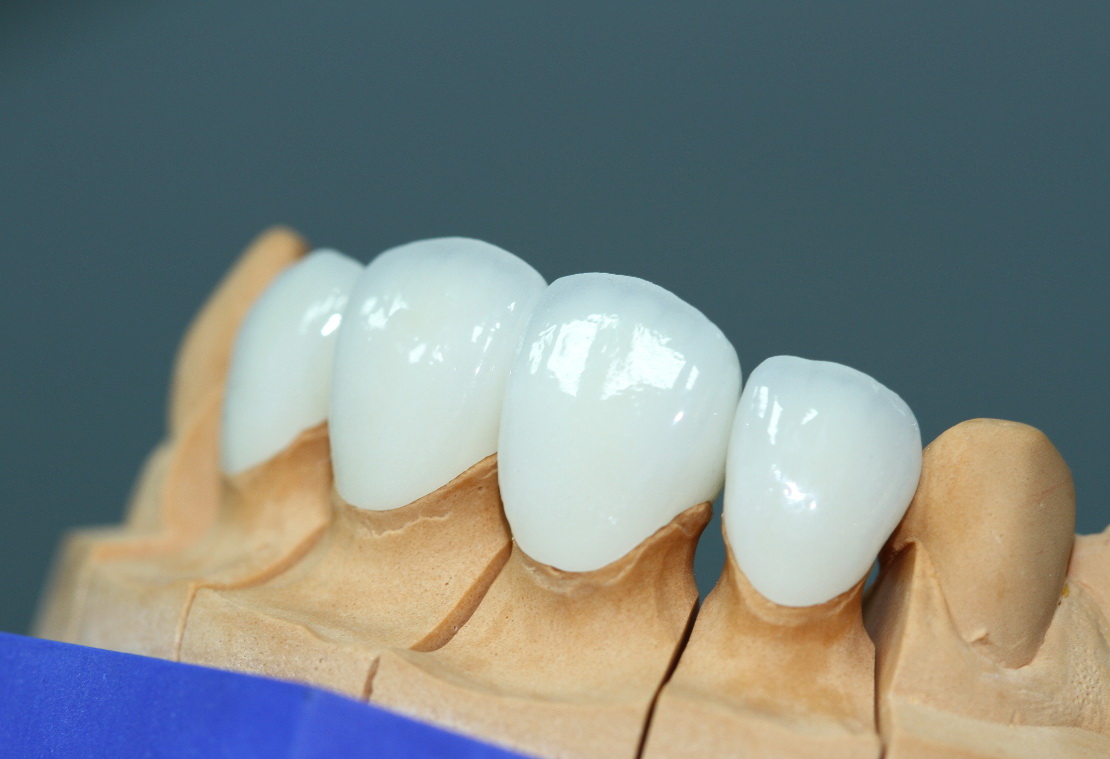Tooth gemming is an increasingly popular dental cosmetic method, especially among young people. Tooth gems are a way for individuals to express their personality and style, adding a sparkling highlight to enhance the charm and brightness of their smile. So, is tooth gemming harmful? How much does it cost? Amanda Dental invites you to explore the article below!
What Is Tooth Gemming?
Tooth gemming is a dental cosmetic procedure where small gemstones or diamonds are directly attached to the tooth surface using a specialized dental adhesive. The main goal of this technique is to enhance aesthetics, making the teeth more attractive and the smile more radiant.
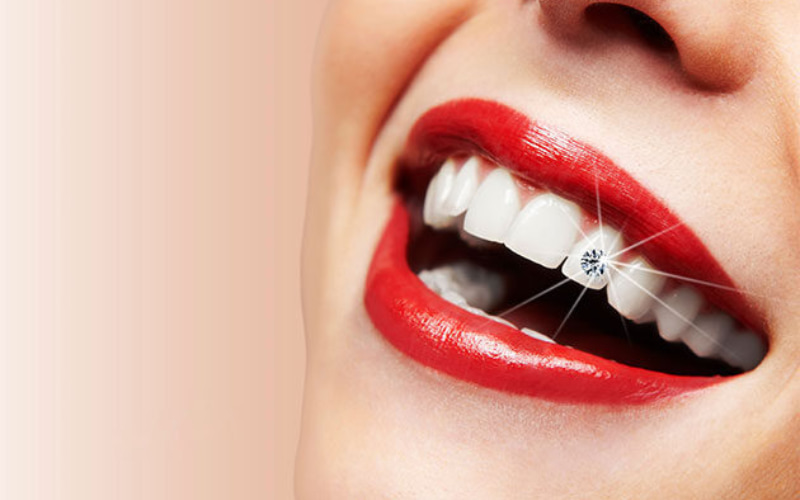
Compared to other cosmetic dental procedures like orthodontics, veneers, or crowns, tooth gemming is considered a relatively simple and quick technique. The process does not require complex skills, offering an efficient and fast beauty solution.
Who Is Suitable for Tooth Gemming?
Tooth gemming is a unique aesthetic option, but not everyone is eligible. Below are suitable candidates:
- Gems should only be attached to natural teeth, as they do not adhere well to materials like implants or dentures.
- Tooth enamel should meet specific standards such as: being bright, evenly colored, not stained or damaged like chipped or cracked.
- If you have dental conditions like periodontitis or cavities, these should be treated before proceeding with gemming.
Attaching gems to teeth is a decision that requires careful consideration. Consult dental professionals to assess your oral condition and choose the most appropriate solution for both your aesthetic and dental health needs.
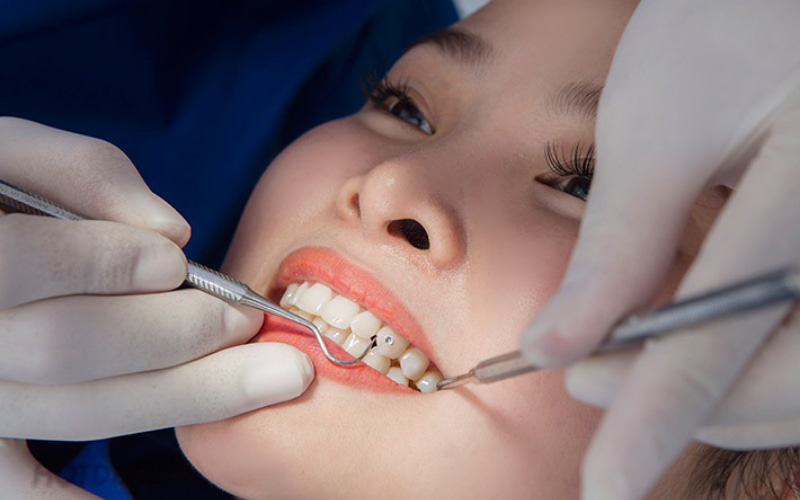
Advantages of Tooth Gemming
Tooth gemming enhances the beauty and confidence of your smile:
- Tooth gems create a sparkling focal point, drawing attention and making your smile more radiant and attractive.
- The procedure is fast and simple, usually taking only 15–20 minutes to complete.
- Modern techniques and specialized adhesives ensure no damage to the enamel. The non-invasive method avoids drilling or altering the tooth structure.
- The adhesive provides strong bonding, helping the gem stay secure with minimal risk of detachment.
Disadvantages of Tooth Gemming
Although tooth gems are aesthetically pleasing, there are potential drawbacks:
- Enamel damage: Drilled methods damage enamel directly. Even non-drilled methods may slightly affect enamel due to adhesive usage.
- Increased oral health risks: Gaps between the gem and tooth can trap food and bacteria, leading to decay, gum disease, or bad breath—especially with poor hygiene.
- Oral hygiene difficulty: Gems may obstruct brushing and flossing, complicating cleaning.
- Risk of detachment: Gems may fall off due to chewing hard foods, impact, or weak adhesive. This not only reduces aesthetics but also poses a risk if swallowed.
Common Tooth Gemming Techniques
Currently, there are two popular methods: drilled and non-drilled. Each has pros and cons:
Drilled Tooth Gemming
A small hole is drilled into the enamel matching the gem size, then secured with dental adhesive.
- Advantages: High durability, secure bond, minimal risk of falling. Provides excellent aesthetics and a strong sparkle effect.
- Disadvantages: Invasive to enamel, may cause sensitivity if poorly executed. Removal requires filling the drilled hole.
Non-Drilled Tooth Gemming
Procedure: The tooth surface is cleaned, then the gem is attached directly with specialized dental glue.
- Advantages: Preserves enamel completely, fast, simple, and painless technique.
- Disadvantages: Less durable than the drilled method; gems may detach more easily. Aesthetic quality may be slightly lower as the gem only adheres to the surface.
To make the best decision, visit a reputable clinic for examination and personalized consultation.
How Is the Tooth Gemming Procedure Done?
The process varies based on method (drilled or non-drilled) and clinic, but typically includes:
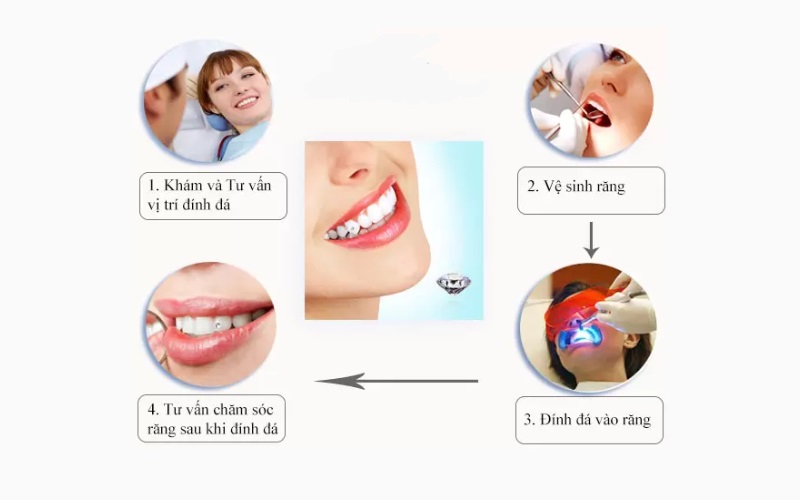
Consultation and assessment: The dentist checks if your teeth are suitable, and advises on placement, gem type, size, and shape.
Oral cleaning: Your teeth are cleaned thoroughly to remove plaque and bacteria, ensuring good adhesion and preventing infection.
Gem attachment: The dentist uses dental adhesive to affix the gem to the chosen spot. Depending on the method, they may drill or attach directly to the surface.
Finishing: The dentist checks the bond strength and polishes the tooth for a complete finish.
Is Tooth Gemming Harmful?
Tooth gemming can enhance appearance but may pose risks if not done properly or maintained well. Potential issues include:
- Enamel damage: Drilled methods may cause enamel erosion and sensitivity. Poor quality adhesives can also harm enamel.
- Oral hygiene challenges: Gaps between the gem and tooth may trap food and bacteria, leading to decay, gum disease, or bad breath.
- Risk of infection: Non-sterile environments or low-quality gems increase the chance of infection or allergic reactions.
Using high-quality materials and choosing a reputable clinic are essential for safety and comfort during and after the procedure.
Important Notes When Getting Tooth Gems
Although less complex than other dental procedures, consider the following:
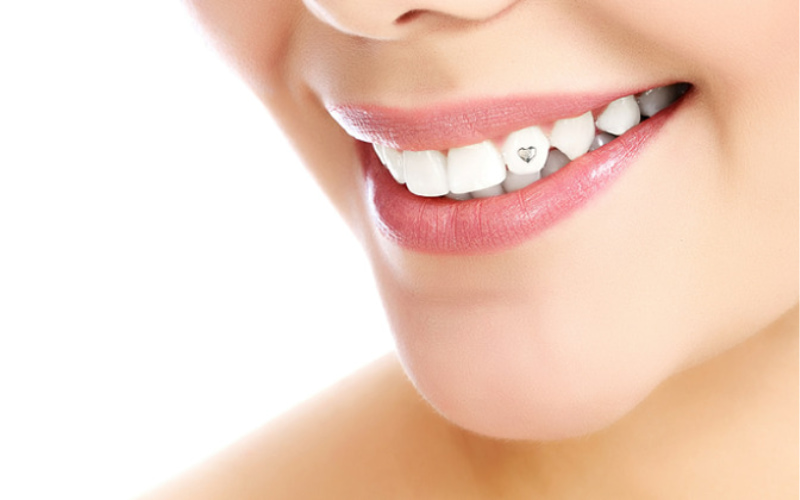
Choose a Reputable Dental Clinic
- Research the dentist’s qualifications, clinic equipment, and service quality.
- Prioritize licensed clinics with positive reviews.
- Ask for referrals or check reviews online and on social media.
Select the Right Gem Type and Size
- Use high-quality gems with good shine and durability.
- Size should match your tooth and facial proportions.
- Let the dentist recommend the best gem based on your case.
Maintain Good Oral Hygiene Before and After
- Brush at least twice daily, use floss and mouthwash to remove plaque and bacteria.
- Clean gently after gemming, avoid strong pressure on the gem area.
- Avoid hard or sticky foods that could dislodge the gem.
Care and Protection After Gemming
- Attend follow-ups as scheduled to monitor your teeth and the gem.
- If you notice pain, swelling, or loose gems, see a dentist immediately.
- Avoid bad habits like nail biting, teeth grinding, or opening bottles with teeth.
Popular Types of Tooth Gems
Various types of tooth gems are available, each with unique features and costs:

Dental gems: Made from synthetic materials like glass or zirconia, crafted to shine like natural gemstones. Safe for oral use, affordable, and suitable for various preferences.
Artificial diamonds: Highly sparkly and reflective. More expensive than dental gems but cheaper than natural diamonds. Available types include Swiss-made, SAPPHIRE, VS2, or SJC artificial diamonds.
Natural diamonds: Premium gemstones with superior brilliance and hardness. Very costly, best suited for those with higher budgets. Common types include VS2 or SI diamonds.
Other gemstones: Some opt for ruby, sapphire, or crystal for color and unique appeal. These are also priced higher.
How Much Does Tooth Gemming Cost?
Factors Affecting Price
- Gem type: Precious stones (diamond, sapphire, ruby) cost more than dental gems. Quality and clarity also matter.
- Gem size: Larger gems are more expensive.
- Technique: High-precision work by skilled dentists or advanced techniques may cost more.
- Clinic location: Clinics in major cities or central areas often charge higher. Reputable clinics with experienced dentists and modern equipment also cost more than small local clinics.
- Oral condition: If treatment is needed before gemming (e.g. gum disease, cavities), total cost will increase.
Reference Price at Amanda Dental
| Service | Unit | Price |
| Tooth gem attachment – Client’s own gem | 01 Time | 500,000 |
| Diamond tooth gem | Piece | 1,500,000 |
Trusted Clinic for Tooth Gemming
Amanda Dental is a leading and trusted provider of tooth gemming services. With professional strengths, we’ve helped thousands enhance their smiles. Here’s why Amanda Dental stands out:
- Experienced, well-trained dentists with a refined aesthetic sense.
- International-standard equipment and technology.
- Full procedure compliance with health regulations.
- Reasonable pricing, suitable for various customers.
- Long-term warranty policies.
- Attractive promotional programs.
Tooth gemming is a popular cosmetic method that enhances your smile and confidence. However, for safe and effective results, always choose a reputable dental clinic, consult skilled professionals, and follow oral care instructions carefully.




